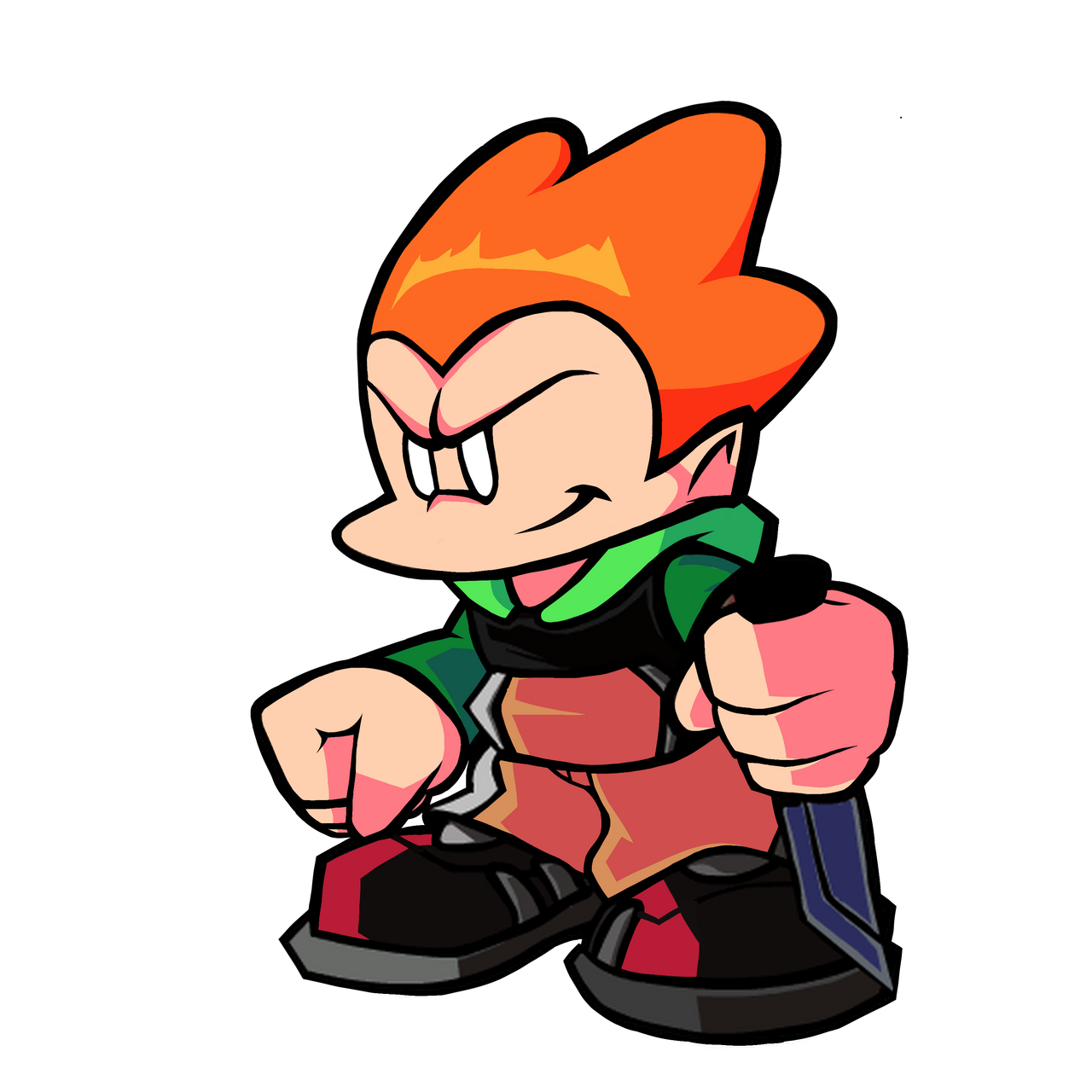Pico Laser Before After: Real Results For Clearer Skin
Many people are curious about improving their skin's look, and finding effective treatments can feel a bit overwhelming, is that right? You might have heard whispers about pico laser, and honestly, it's a treatment that gets a lot of buzz for good reason. It's often talked about for helping with various skin concerns, and people really want to see what kind of changes it can bring.
Throughout this article, I’ll break down everything you need to know about the effects of pico laser before and after your treatment, providing insights that are straightforward, informative, and relatable. We'll look at what it is, how it works, and what kind of results you can, well, actually expect. So, if you're thinking about skin improvements, this guide is definitely for you.
In this comprehensive guide, we’ll take you through what pico laser treatment is, which skin conditions it treats best, what you can expect before and after treatment, and how it all comes together for your skin. We'll also consider the factors influencing your personal timeline and what to anticipate at each stage of the process, just so you're prepared.
Table of Contents
- What is Pico Laser Treatment?
- How Pico Laser Works Its Magic
- Skin Concerns Pico Laser Treats Best
- Getting Ready: Before Your Pico Laser Session
- The Treatment Experience
- Right After the Pico Laser: Immediate Aftermath
- The Recovery Period and Initial Changes
- Seeing the Real Results: Pico Laser After
- How Many Sessions Are Needed?
- Managing Expectations and Maintaining Your Glow
- Pros and Cons of Pico Laser
- What Does Pico Laser Cost?
- Frequently Asked Questions About Pico Laser
What is Pico Laser Treatment?
Pico laser is a pretty advanced type of laser treatment that uses very, very short pulses of energy. We're talking picoseconds here, which is a trillionth of a second, so it's incredibly fast. This speed means it can break down pigment particles in your skin without causing much heat damage, which is a big plus for many people, you know?
It's a non-ablative treatment, which basically means it doesn't remove the top layer of your skin. Instead, it works by creating a photomechanical effect, a kind of pressure wave, that shatters the unwanted pigment into tiny pieces. Your body then, naturally, clears these tiny bits away. This process, as a matter of fact, makes it quite gentle compared to some older laser types.
This approach helps to rejuvenate skin, reduces pigmentation, and enhances texture with minimal downtime, which is pretty much what everyone wants, right? It’s often chosen for its effectiveness and the relatively quick recovery time, allowing people to get back to their daily routines fairly quickly.
How Pico Laser Works Its Magic
The core idea behind pico laser is its super-fast pulse duration. When the laser energy hits your skin, it creates a powerful pressure wave, almost like a shockwave, that specifically targets pigment or ink particles. This pressure shatters them into much smaller fragments than traditional lasers can manage, which is a key difference, honestly.
Because the pulses are so short, the energy doesn't linger in the skin long enough to generate a lot of heat. This reduces the risk of thermal damage to the surrounding healthy skin tissue, which can be a concern with other laser types. It's a precise way to work, allowing for targeted treatment without much collateral effect, so to speak.
Your body's immune system then steps in to clear away these tiny shattered particles over the next few weeks. This is how the visible improvements happen, as the pigment gradually fades away. It’s a pretty clever way for your body to do the clean-up job, actually.
Skin Concerns Pico Laser Treats Best
The pico genesis laser treats a range of common skin pigment issues, making it a popular choice for many. It's especially good at tackling things that bother people about their skin's evenness. For example, it works well on those little brown spots that pop up, you know, the ones from sun exposure.
Specifically, it's very effective for freckles, which are those small, light brown spots often seen on sun-exposed skin. Sunspots, also known as solar lentigines, which are a bit larger and darker, also respond quite well to this treatment. These are often signs of past sun damage, and the pico laser can help reduce their appearance, pretty significantly for some.
Age spots, which are similar to sunspots but tend to appear as we get older, are another common target. And, importantly, it’s a treatment that many consider for melasma, a trickier condition that causes larger patches of discoloration, often on the face. Melasma can be quite stubborn, so finding something that helps is a big deal for many, honestly.
Getting Ready: Before Your Pico Laser Session
Before you even think about the laser itself, there are some important steps to take to prepare your skin. A consultation with a skin care professional is absolutely first. They'll assess your skin type, discuss your concerns, and make sure pico laser is the right option for you. This is a crucial step, as a matter of fact, to ensure safety and good results.
You'll typically be advised to avoid direct sun exposure and tanning for several weeks before your appointment. This is because tanned skin can increase the risk of side effects, so it's best to keep your skin as natural as possible. Some professionals might also suggest avoiding certain skincare products, like retinoids or strong exfoliants, for a bit before the treatment, just to be safe.
It’s also a good idea to arrive with clean skin, free of makeup or lotions. Your provider will give you specific instructions, but generally, simplicity is best. Being well-hydrated and feeling relaxed can also help with the overall experience, you know, just to make things a little smoother.
The Treatment Experience
When you arrive for your pico laser session, the first thing that happens is usually a thorough cleansing of the treatment area. Then, often, a topical numbing cream is applied to help with any discomfort during the procedure. This cream needs a little time to work, so you might wait for about 20 to 30 minutes, which is pretty standard.
Once your skin is ready, you'll be given protective eyewear to shield your eyes from the laser light. The professional will then move the pico laser handpiece over the targeted areas of your skin. You'll hear a rapid snapping sound, kind of like a rubber band snapping against your skin, and you might feel a sensation that some describe as a quick, warm prickle. It’s usually quite tolerable, many people say, and it’s over pretty fast.
The length of the session really depends on the size of the area being treated. A small spot might take just a few minutes, while a full face could take 20 to 30 minutes. It's a quick process, which is one of its appeals, honestly, especially for busy people.
Right After the Pico Laser: Immediate Aftermath
Immediately after your pico laser treatment, your skin will likely look a bit red and feel warm, almost like you have a mild sunburn. This is a totally normal reaction, so don't be alarmed. Some people also notice a slight swelling, especially in more sensitive areas, but this typically calms down pretty quickly, often within a few hours or a day.
For those treated for pigmentation, you might see the targeted spots appear darker, almost like tiny coffee grounds, right away. This is actually a good sign, believe it or not! It means the laser has effectively shattered the pigment, and those darker spots are just the treated particles starting their journey out of your skin. This darkening is temporary, of course, and usually fades over the next few days to a week, or so.
Your provider will probably apply a soothing balm or a cool compress to help calm your skin. They'll also give you specific aftercare instructions, which are super important to follow for the best results and to avoid any issues. This immediate phase is all about gentle care and letting your skin begin its recovery process, you know?
The Recovery Period and Initial Changes
The recovery from pico laser is generally considered minimal, which is a big plus for many people, honestly. For most, the redness and swelling usually go away within 24 to 48 hours. You can typically apply makeup the day after treatment, which means you can get back to your regular routine pretty fast, if you want.
Over the next few days, if you had pigmentation treated, those darkened spots will start to form tiny, almost invisible scabs or crusts. These are very small and often feel like sandpaper on your skin. It's incredibly important not to pick at these, as tempting as it might be, because picking can lead to scarring or hyperpigmentation, and nobody wants that, right?
These tiny scabs will naturally flake off over the course of about 5 to 7 days, sometimes a little longer depending on the area. As they flake away, you'll start to see the lighter, clearer skin underneath. This is the first glimpse of your pico laser before after journey really showing its early progress, which is quite exciting.
Seeing the Real Results: Pico Laser After
The true magic of pico laser, the "after" part, doesn't happen overnight, but it definitely starts to become apparent as your skin heals. After those initial few days of flaking, you'll begin to notice a significant reduction in the appearance of your pigmentation. Freckles, sunspots, and age spots will look considerably lighter, or even be gone entirely for some, which is pretty amazing.
For conditions like melasma, which can be a bit more persistent, you'll typically see a gradual lightening over several sessions. It's not usually a one-and-done for melasma, but the improvements can be quite noticeable. The skin texture itself also tends to look smoother and more even, which contributes to an overall brighter complexion, honestly.
Discover the real results of pico laser after just one treatment, and you'll find it rejuvenates skin, reduces pigmentation, and enhances texture with minimal downtime. Many people report feeling more confident about their skin, which is, well, a really great outcome. You can often see before and after photos of patients who have received pico laser services from various clinics, and these can be very telling about the potential changes.
How Many Sessions Are Needed?
The number of pico laser sessions you'll need really varies from person to person. It depends on several things, like the specific skin condition you're treating, how severe it is, your skin type, and how your skin responds to the laser. Some people might see great results after just one session, especially for lighter freckles, which is pretty neat.
For more stubborn pigmentation, like deeper sunspots or melasma, a series of treatments is usually recommended. This could be anywhere from 3 to 6 sessions, sometimes even more for very persistent issues. These sessions are typically spaced about 3 to 4 weeks apart, to allow your skin enough time to heal and for your body to clear away the treated pigment between appointments, so.
Your skin care professional will give you a personalized treatment plan during your consultation. They'll look at your individual needs and give you a good idea of what to anticipate. It's a process, to be honest, but many find the gradual improvements well worth the time and effort.
Managing Expectations and Maintaining Your Glow
It’s really important to have realistic expectations about pico laser treatment. While it can bring amazing improvements, it's not a magic wand that will make your skin absolutely perfect forever. The goal is significant improvement, and for many, that means a much clearer, more even skin tone. Learn more about skin health on our site, as maintaining good habits is key.
To keep your results looking good, sun protection is absolutely critical. UV exposure is a major cause of pigmentation, so diligently using a broad-spectrum sunscreen every single day, even on cloudy days, is a must. Wearing hats and seeking shade, too, can really help prevent new spots from forming, which is just good practice, honestly.
A consistent, gentle skincare routine can also support your results. This might include products with ingredients like vitamin C or niacinamide, which can help maintain skin brightness. Regular follow-up appointments, if recommended by your provider, can also help address any new concerns or maintain your skin's clarity. This page explains more about advanced skin treatments, for instance.
Pros and Cons of Pico Laser
Like any treatment, pico laser has its good points and some things to consider. On the positive side, it's known for being very effective on a wide range of pigmentation issues, including those that are tough to treat, like melasma. The minimal downtime is a huge advantage, meaning you can often resume your normal activities pretty quickly, which is great for busy schedules.
It's also generally considered quite safe, with a lower risk of heat-related side effects compared to some older laser technologies. The treatment sessions themselves are relatively quick, too, which makes it convenient for many. People often praise the overall improvement in skin tone and texture, leading to a more refreshed look, you know, a real boost.
On the flip side, a con for some might be the need for multiple sessions to achieve desired results, especially for more significant concerns. This can add up in terms of time and cost. Also, while downtime is minimal, some redness, swelling, and temporary darkening of spots are still part of the immediate aftermath, so you do have a short recovery period to manage. It's not completely invisible right away, to be honest.
What Does Pico Laser Cost?
The cost of pico laser treatment can vary quite a bit, so it's not a one-size-fits-all number. Several factors play a role in determining the price. For instance, the size of the area being treated makes a difference; a full face will cost more than just a small spot on your hand. The specific skin condition being addressed also influences the price, as some might require more intensive settings or longer sessions, you know?
The geographic location of the clinic and the experience level of the provider can also impact the cost. Clinics in major cities or those with highly specialized professionals might charge more. And, importantly, the total cost will depend on the number of sessions you need. Since many people require multiple treatments for optimal results, you should factor that into your overall budget, naturally.
It's always a good idea to get a clear breakdown of costs during your initial consultation. Some clinics offer package deals for multiple sessions, which can sometimes be more cost-effective. Remember, this is an investment in your skin, and finding a reputable provider is worth it, honestly, even if it means a slightly higher price.
Frequently Asked Questions About Pico Laser
Here are some common questions people ask about pico laser treatment:
Is Pico Laser treatment painful?
Most people describe the sensation during pico laser treatment as a mild discomfort, like a quick snapping or a warm prickle. It's usually very tolerable, especially with the use of a topical numbing cream applied beforehand. The sessions are also quite fast, so any discomfort is short-lived, which is pretty good.
How long do Pico Laser results last?
The longevity of pico laser results really depends on what was treated and how well you care for your skin afterward. For things like sunspots, once the pigment is gone, it's gone. However, new sunspots can form if you continue to have unprotected sun exposure. For conditions like melasma, maintenance treatments might be needed over time, as it's a chronic condition, you know, it tends to recur.
What are the side effects of Pico Laser?
Common side effects are usually mild and temporary. These include redness, slight swelling, and a feeling of warmth, similar to a sunburn, right after the treatment. For pigmentation, the treated spots will temporarily darken before flaking off. Serious side effects are rare when the treatment is performed by a qualified professional, which is always important to remember.

FNF - My Universe's version of Pico by BrandonBeak2405 on DeviantArt

This Remote But Scenic Country Is Known As The 'Hawaii Of Europe'

Museum of Vine and Wine, Pico Island, Madalena, Portugal - TURIS BRASIL